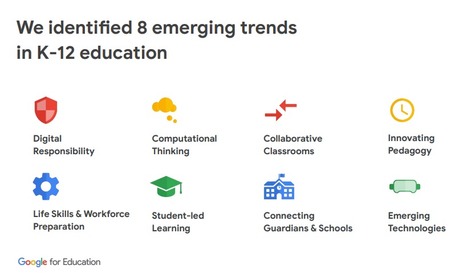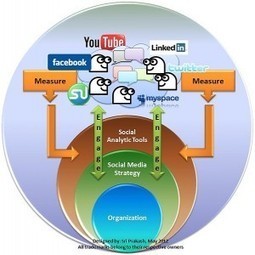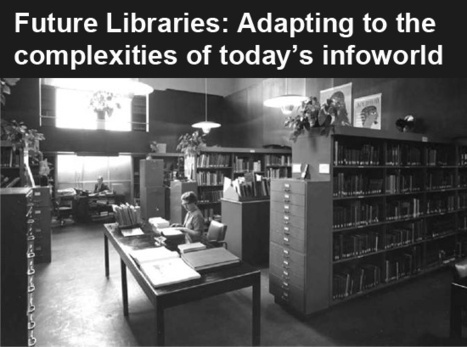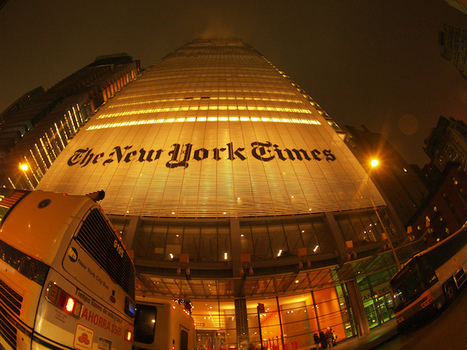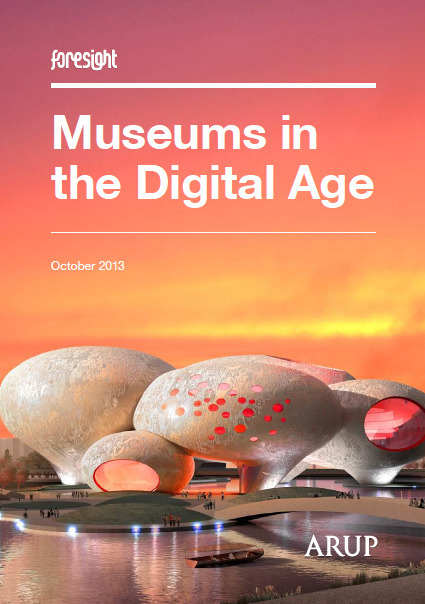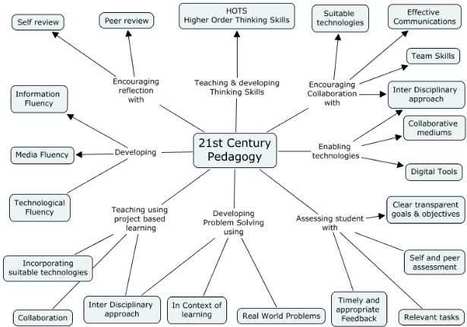
|
Rescooped by Alfredo Calderón from iGeneration - 21st Century Education (Pedagogy & Digital Innovation) |
Get Started for FREE
Sign up with Facebook Sign up with X
I don't have a Facebook or a X account

 Your new post is loading... Your new post is loading...
 Your new post is loading... Your new post is loading...
No comment yet.
Sign up to comment

Gonzalo San Gil, PhD.'s curator insight,
July 9, 2013 5:32 AM
* #Open #Education for an Open #Society

Eliza Steely's comment,
December 13, 2012 12:57 PM
I love that point Martin! I think people call it social because of the personal element to it as opposed to advertising and things like that, especially because it's so interactive in nature. Do you have a suggestion as to what to change the name to?

donhornsby's curator insight,
December 14, 2012 6:23 AM
(From the article): "The coming year will see a massive increase in companies using social media services to market their goods and services, recognising the potential for sharing content and information and enhancing engagement with target audiences." |

Andreas Christodoulou's curator insight,
August 1, 2016 6:04 AM
From GPS at our fingertips to the ability to stream our favorite television shows, there’s no end to the ways that mobile technology has helped us improve as a society: http://tiny.cc/MobileTechnology

Stephania Savva, Ph.D's curator insight,
August 1, 2016 6:15 AM
Great article on a number of ways mobile technology has enriched our lives.

Tony Guzman's curator insight,
August 1, 2016 8:16 PM
Mobile Technology is truly changing how we live our lives. Let us always remember to live life though, even without technology.

Robin Good's curator insight,
May 21, 2014 4:53 AM
The leaked New York Times memo of less than a week ago is making the round on the Internet, as it touches upon many of the key issues and opportunities any news journalism operation is facing today. From my personal viewpoint the most interesting aspect of this lengthy 97-page memo is how much curation, news and content curation specifically, are part of the future view being described in it. Since, even trying read the in-depth curated version of the leaked NY report done by the excellent Nieman Lab it may take you in excess of 30 minutes, I have extracted and highlighted here below only the points that are specifically relevant to curators and to anyone researching the future of content curation within the context of news and journalism.
Nieman Lab curated report of the NY leaked Executive Summary document: http://www.niemanlab.org/2014/05/the-leaked-new-york-times-innovation-report-is-one-of-the-key-documents-of-this-media-age/ Original leaked copy of NY report: http://www.scribd.com/doc/224608514/The-Full-New-York-Times-Innovation-Report 97-pages

Jennifer Moss's curator insight,
November 8, 2013 6:47 PM
This is like the 'Horizon Report' for museums. 
Erica Bilder's curator insight,
November 15, 2013 7:11 AM
I have nothing to add to Robin Good's terrific insights: Robin Good's insight:
Picture these scenarios: The Freud Museum, in the spirit of its namesake, becomes a provider of mental retreat and therapy (I wonder if the docents will be licensed psychoanalysis?) These, according to the 40-page report “Museums in a Digital Age” from Arups, may actually be some of the likely new profiles of prestigious museums 25 years from now.
The report projects that:
"...future museums will see personalised content, new levels of sustainability and a visitor experience extended beyond present expectations of time and space." A rising desire among audiences to shape their own cultural experiences (“Collaborative Curation”) The opportunity for museum to become “curators of experiences” that extend beyond the boundaries of traditional exhibits or programs, or beyond the walls of the museum itself.
Source: http://futureofmuseums.blogspot.it/2013/11/museums-in-future-view-from-across-pond.html ; The idea of "collaborative curation" of museum collections by the actual users-visitors, is particularly fascinating. "Just as current consumer trends shift towards collaborative consumption, in the future, museums may employ new patterns of collaborative curation,allowing for individually curated experiences and giving the public greater control over both content and experience.Increased visitor participation will allow people themselves to reinvent the museum experience, enabling content that can adapt to the preferences of users in real-time."
My comment: If you are a curator and are interested in exploring and understanding what the future of large collections and museums may look like and which forces are going to be driving such changes, this is a good report to read.
Insightful. Inspiring 8/10
PDF: http://www.arup.com/~/media/Files/PDF/Publications/Research_and_whitepapers/2013_Arup_FRI_MuseumsintheDigitalAge_final_web.ashx
|


